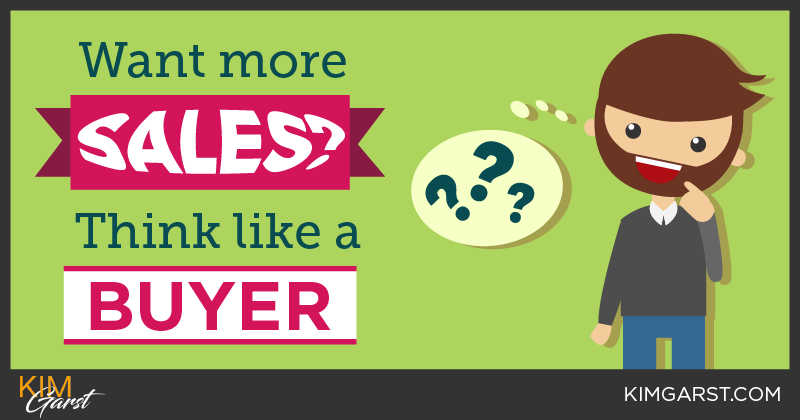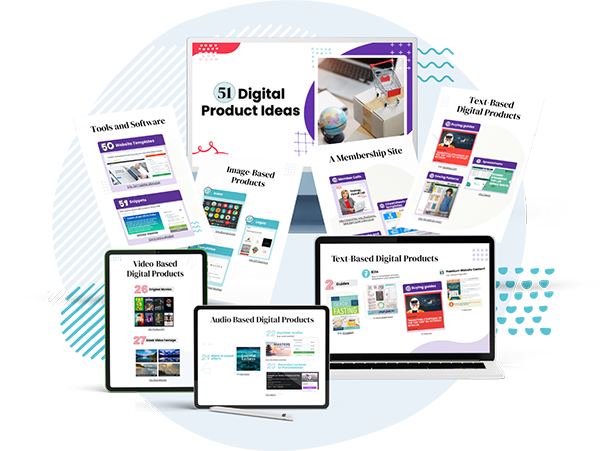Do you have a GREAT product or service, yet still struggle to make sales? Have you worked tirelessly on your website copy, social media efforts and content marketing strategy, and yet your customers still don’t seem to convert?
One reason could be that your sales strategy has not kept up with the times.
Not too many years ago, prior to the rise of social media and blogging, the power was in the hands of marketers. Consumers didn’t have the ability to form collective opinions about services and products, at least not to the extent that they do now.
Think about it: Even 10-15 years ago, buyers had to rely largely on what a business said about their own products or services. Businesses bought ad space where they could push their marketing message, and hired sales teams to go out and convince people that their products were the best.
Now, with 74% of consumers relying on social networking referrals to make buying decisions, the power is clearly back in the hands of buyers.
Consumers now tell each other what to think about products, rather than businesses getting to push their own sales message.
According to Adele Revella of the Buyer Persona Institute, this ready access to product information has led to a clear shift back to a buyers’ market: “Buyers have exponentially more choices and virtually instant access to information about them. Long before they talk to a sales rep, buyers are conducting research and making up their own minds about what’s important to them, eliminating companies on the basis of whatever information they can easily discover.”
This means the days of an almost adversarial relationship between buyer and seller are long gone.
Now it’s about trust, about relationship building and about understanding how your customers think and what they really want.
Here are 3 steps you can take to increase sales through understanding your customers and selling to them in a way they can really appreciate!
Step #1: Know your buyer persona
Understanding the type of person who is likely to want and need your products or services is imperative to optimizing your sales process. If you haven’t already, create your ideal buyer persona. This will include understanding the following characteristics of your ideal customer:
- Age
- Gender
- Socio-economic factors
- Interests
- Buying preferences
- Needs/Pain points
- Occupation
- Geographic location
Knowing who you are serving and who you are marketing to is an absolutely critical first step in thinking like a buyer. Don’t attempt steps #2-4 without tackling this step first!
Step #2: Consider where your potential customers are at in the buying process
Whether you have a brick and mortar store or an online business, you need to understand where your potential customers or clients are at in the buying cycle. As a quick reminder, one simple way to outline this process is as follows:
Awareness —-Consideration —-Purchase
If someone comes to your website looking for possible solutions to a problem (the consideration phase) and you immediately try to make a sale, your efforts are likely to fall flat.
But if understand where they are at in the purchasing process and provide useful, helpful information, and you are now thinking like a buyer; and although you may not immediately make the sale, you have set the foundation for a long-term relationship of trust and profit.
Step #3: Use language your customers can relate to.
Part of thinking like a buyer is understanding and using language your customers are familiar and comfortable with. Translation: No industry-speak!
You may know more about your industry and products than your customers, but it’s better to impress them with offering down-to-earth information that actually helps solve their problem than to use fancy jargon (this just shows how out of touch you are with where your customers are at!).
Another aspect of customer-focused language is referencing benefits rather than features. This is copywriting 101, but you would be amazed how many business owners still focus more on features to the exclusion of benefits.
People don’t want to know all the details about a product, at least not before they know how the product will solve their specific problem.
Whether you are talking to your customer face-to-face or through your sales copy, clearly articulate how your product or services will help them, and what they can hope to achieve, accomplish or solve through buying it.
Above all, remember that your customers need to trust you before they will buy from you. While outdated ‘salesy’ methods of marketing will sometimes work in the short-term, understanding your buyers and meeting them where they’re at is the only way to achieve long-term success.
Are you thinking like a buyer? Or do you still find yourself getting hung up on traditional sales methods? Share below!
About Author
Kim Garst
Kim Garst is a renowned marketing strategist and speaker who is trailblazing the use of artificial intelligence in digital marketing. With over 30 years of experience as an online entrepreneur, Kim helps entrepreneurs grow their business and authority online by using AI technology. She is leading the way with proven AI frameworks that help entrepreneurs build authority in their space.
She is keynote speaker and an international best-selling author of Will The Real You Please Stand Up, Show Up, Be Authentic and Prosper in Social Media.
Named by Forbes as a Top 10 Social Media Power Influencer, Kim is well-known for her skill to simplify complex technology and make the use of AI understandable for business growth. Her relatable, actionable advice helps guide new entrepreneurs to harness the power of AI to succeed in digital marketing. Kim is leading the way in combining human and technological skills to create a new model for AI-powered marketing.



4 thoughts on “Want More Sales? Think Like a Buyer!”
Thank you… that is a great practice – Boom Care Squad – Aida Ingram
I appreciate you telling me to focus on benefits over features thanks
Excellent piece of writing. Very informative and eye-opening.
Always a pleasure!